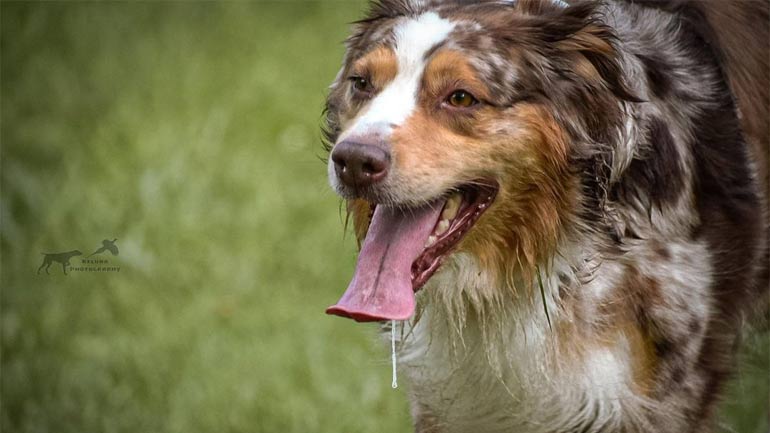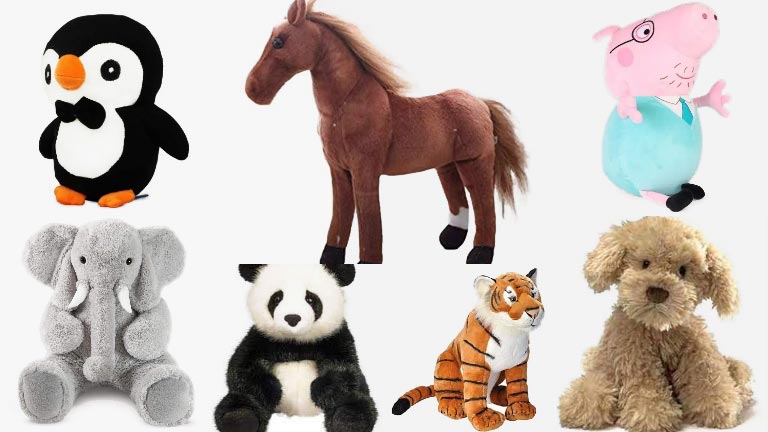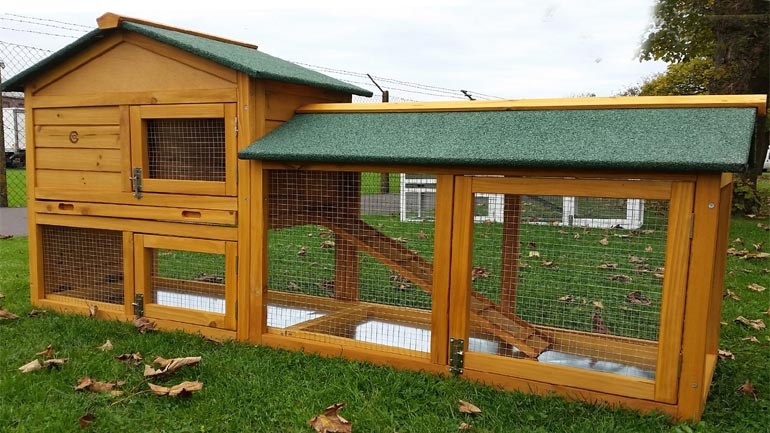
Drool, slobber, dribble – whatever you call it, it’s almost certain your dog has demonstrated it. Just like tail wagging, drooling in dogs is a common characteristic that sets them apart from other four-legged companions.
Some dog breeds drool more than others, so it’s helpful to gauge what’s normal in your own pet. However, if you notice your dog is drooling more or is showing an excessive flow of saliva then you might be wondering if something’s wrong.
Excessive drooling in dogs can be a real problem for pet owners. Find out why dogs drool and what is considered healthy – as well as what may be a sign of something more serious.
Why do dogs drool?
Just like in humans, the secretion of saliva helps to keep dog’s mouths moist and healthy. Saliva functions to help protect the gums and teeth from decay, to aid in swallowing food, and to destroy bacteria. It also serves as a unique and natural function of keeping your dog cool in hot temperatures.
Reasons why your dog is drooling more
Some types of dogs such as St. Bernards tend to drool more than others, which is perfectly normal. In fact, it’s normal for all dogs to drool on occasion. However, if you notice your dog is drooling more frequently or the volume of drool has increased, then it might signal that something is up.
Proper pet care including regular vet check-ups and knowing what to look for when your dog is drooling can help prevent serious complications to your pet’s health.
1. Tooth infection or gum disease
Dogs with infected gums or teeth will often exhibit excessive amounts of drooling. Likewise, a dog might begin to drool more frequently if there is any form of oral disease including a mouth ulcer or tumor. Dogs might also drool more if they have a foreign body lodged in their teeth, mouth, or esophagus.
To determine if any of the above is likely, examine your dog’s mouth and keep an eye out for symptoms such as:
- Offensive breath
- Yellow or brown plaque deposits on the mouth or teeth
- Fractures in teeth
- Red or inflamed gums
- Coughing or gagging
Any sign of a foreign body such as a bone splinter or unusual lump around the mouth or throat will require immediate veterinary attention.
2. Nausea
Dogs can become carsick too! If your dog is drooling on a long drive or if it’s accompanied by lethargy, vomiting, or loss of appetite then it could signal a sick tummy.
If you are travelling with your dog in a vehicle you will probably find that once the motion stops the drooling stops. However, if your dog is exhibiting signs of drooling in combination with nausea symptoms described above, then it’s best you go to your vet. Nausea and excessive saliva could indicate any kind of tummy trouble from gastro to food poisoning, so it’s crucial you act swiftly in these instances.
3. Reaction to medication or poison
Certain canine medications – particularly ones administered orally – can cause excessive saliva production and sometimes even frothing at the mouth. Some medications have a drying effect on the mouth and can be bitter to taste. If drooling occurs after administering medication, then this could be a normal reaction.
More seriously, excessive drooling can also be a side effect of dog poisoning. Toxic substances such as certain plants, pesticides, foods, and household items that are known poisons to dogs can trigger slobbering or foaming at the mouth alongside vomiting, shaking, and lethargy. If you suspect your dog has ingested something poisonous, visit your local pet ER immediately.
4. Disease
There are some health conditions that could incite excessive drooling in dogs. Diseases such as kidney disease and liver disease often trigger drooling, alongside the usual signs of sickness including vomiting, lethargy, loss of appetite, troubles with toileting, and seizures.
Other less common diseases that present in drooling and/or frothing at the mouth in dogs include rabies and viruses such as Distemper. Canine vaccinations will help protect your dog from this and other known viruses and can be administered by your vet.
5. Heatstroke
Drooling is a common form of heat control in dogs. If it is a hot day and your pooch is in a shady spot with its tongue out, any signs of drool are just a normal indicator that your canine is keeping cool!
Remember to provide your dog with a cool, shady refuge and keep water bowls topped up if you know temperatures are going to rise. Heatstroke can be deadly for dogs, and can also cause serious complications such as organ failure, seizures, comas, and brain damage.
Drooling in dogs is perfectly normal
In many cases, drooling in dogs is normal behavior. For instance, dogs may drool when they are excited, fearful, or anticipating a good meal! There are also dogs whose physical characteristics make them more prone to drooling.
Excess saliva in dogs is only a problem or a cause for concern when it’s accompanied by other signs of distress including vomiting. If the frequency or the volume of drooling has changed to what is ‘normal in your pet, then it may also indicate that it’s time to book an appointment at your local vet for a health check-up.




